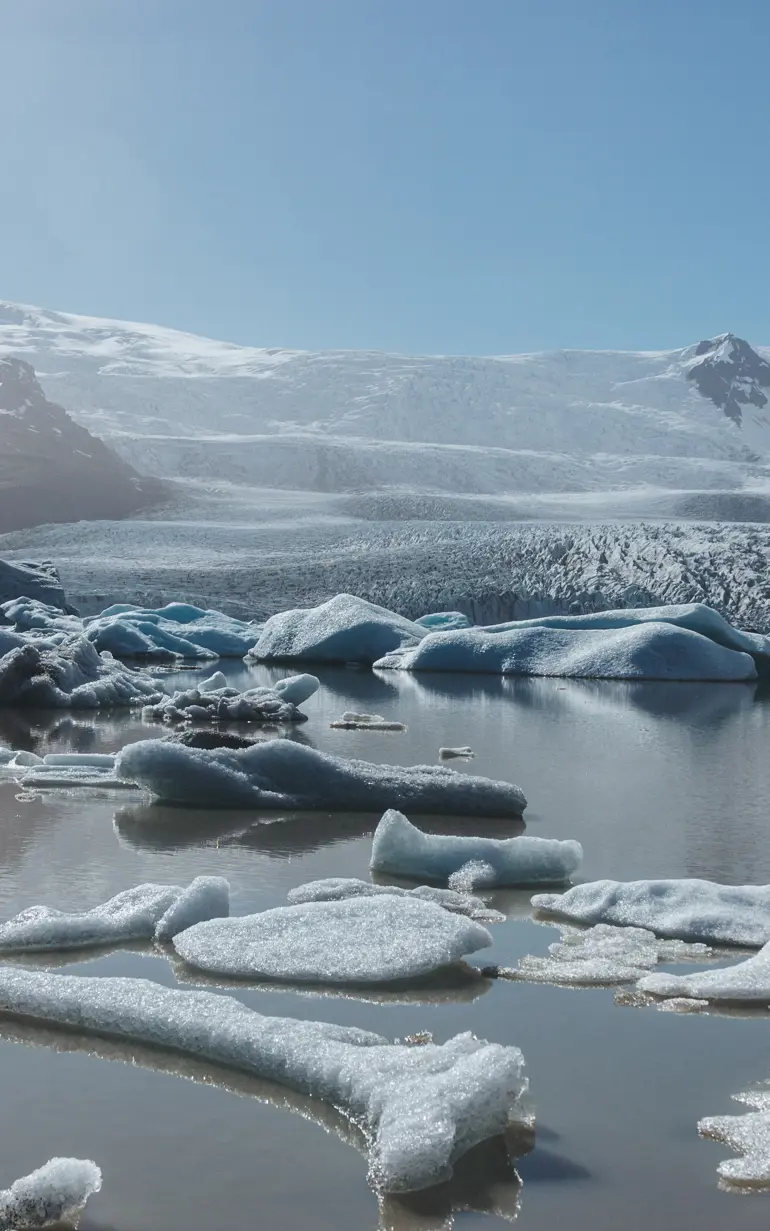
WMO report highlights growing shortfalls and stress in global water resources
The year 2023 marked the driest year for global rivers in over three decades, according to a new report coordinated by the World Meteorological Organization (WMO), which signalled critical changes in water availability in an era of growing demand.
The last five consecutive years have recorded widespread below-normal conditions for river flows, with reservoir inflows following a similar pattern. This reduces the amount of water available for communities, agriculture and ecosystems, further stressing global water supplies, according to the State of Global Water Resources report.
DHI has contributed to the report with data from the DHI Global Hydrological Model, which supports more precise decision-making and modelling with easy access to a global dataset of hydrological variables and detailed physical characteristics of landscapes using high-resolution satellite data. The Earth Observation data is of high quality and available for the whole planet, which is crucial for understanding the hydrology of ungauged catchments and providing information in locations where data is otherwise scarce. The data from the DHI Global Hydrological Model contributed to the global mapping of water resources in the report.
Glaciers suffered the largest mass loss ever registered in the last five decades. 2023 is the second consecutive year in which all regions in the world with glaciers reported ice loss. With 2023 being the hottest year on record, elevated temperatures and widespread dry conditions contributed to prolonged droughts. But there were also a significant number of floods around the world. The extreme hydrological events were influenced by naturally occurring climate conditions – the transition from La Niña to El Niño in mid-2023 – as well as human induced climate change.
‘Water is the canary in the coalmine of climate change. We receive distress signals in the form of increasingly extreme rainfall, floods and droughts which wreak a heavy toll on lives, ecosystems and economies. Melting ice and glaciers threaten long-term water security for many millions of people. And yet we are not taking the necessary urgent action’, said WMO Secretary-General Celeste Saulo.
‘As a result of rising temperatures, the hydrological cycle has accelerated. It has also become more erratic and unpredictable, and we are facing growing problems of either too much or too little water. A warmer atmosphere holds more moisture which is conducive to heavy rainfall. More rapid evaporation and drying of soils worsen drought conditions’, she said.
‘And yet, far too little is known about the true state of the world’s freshwater resources. We cannot manage what we do not measure. This report seeks to contribute to improved monitoring, data-sharing, cross-border collaboration and assessments', said Celeste Saulo. ‘This is urgently needed.’
Currently, 3.6 billion people face inadequate access to water at least a month per year and this is expected to increase to more than 5 billion by 2050, according to UN Water, and the world is far of track Sustainable Development Goal 6 on water and sanitation.
Learn more here: WMO State of Global Water Resources report 2023
More about the WMO report
The State of Global Water Resources report series offers a comprehensive and consistent overview of water resources worldwide. It is based on input from dozens of National Meteorological and Hydrological Services and other organisations and experts, including DHI. It seeks to inform decision makers in water-sensitive sectors and disaster risk reduction professionals. It complements WMO’s flagship State of the Global Climate series.
The State of the Global Water Resources report is now in its third year and is the most comprehensive to date, with new information on lake and reservoir volumes, soil moisture data and more details on glaciers and snow water equivalent. The report seeks to create an extensive global dataset of hydrological variables, which includes observed and modelled data from a wide array of sources. It aligns with the focus of the global Early Warnings for All initiative on improving data quality and access for water-related hazard monitoring and forecasting and providing early warning systems for all by 2027.
About DHI’s Global Hydrological Model
A Global Hydrological Model is a tool for looking at hydrology from the perspective of the Earth as one interconnected system, rather than disconnected and isolated parts. They are basically used for better understanding, predicting and managing water resources on regional, national and global scales. DHI-GHM is unique in the way it handles areas with limited or no local observations. Because it directly accounts for the detailed physical characteristics of landscapes using satellite data, the results from these data-scarce areas are highly reliable and useful in situations where monitoring is a challenge.
Access the report and learn about DHI's Global Hydrological Model
How can we help?
With our global network of offices, we make sure you get the right answers to your local needs. Tell us about your water challenges and we will get back to you.